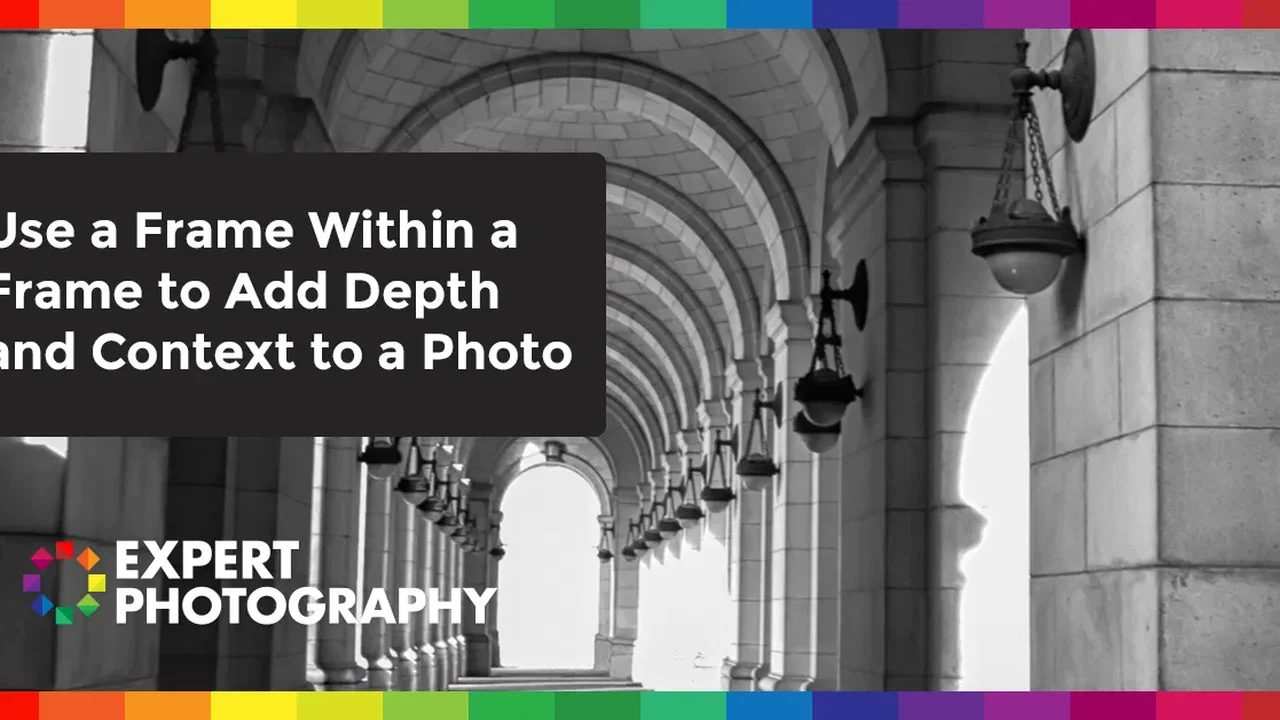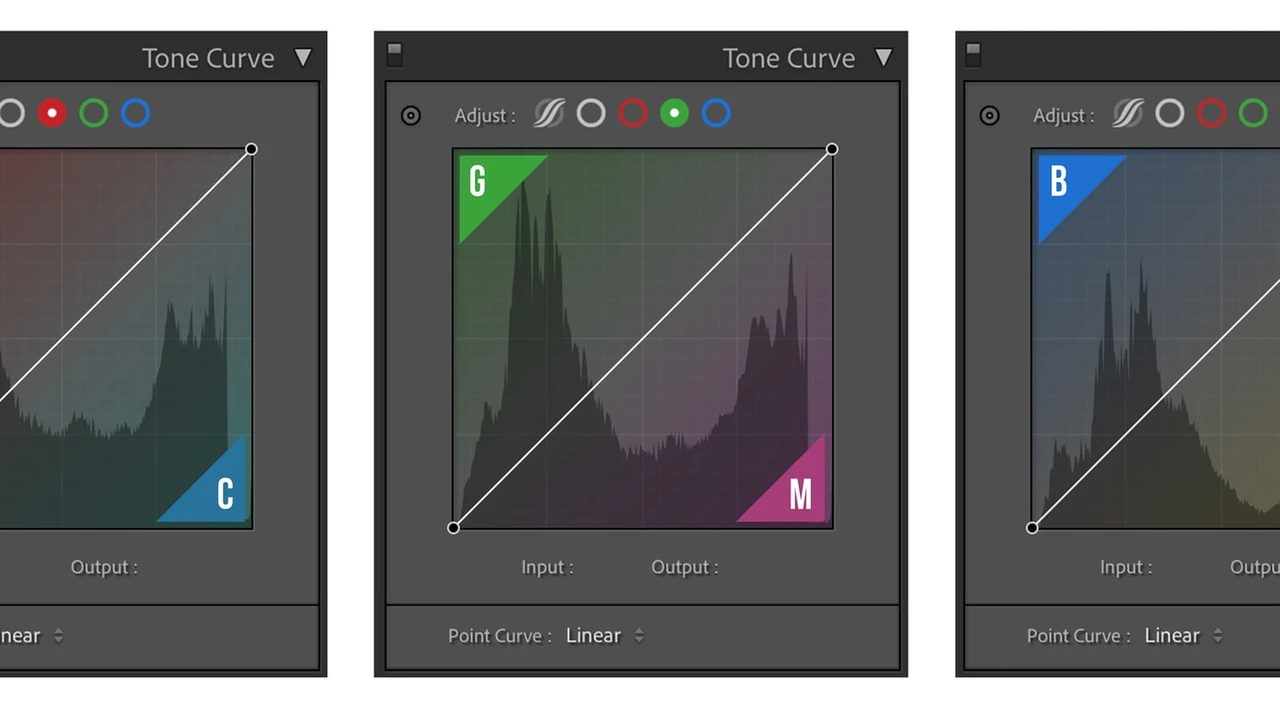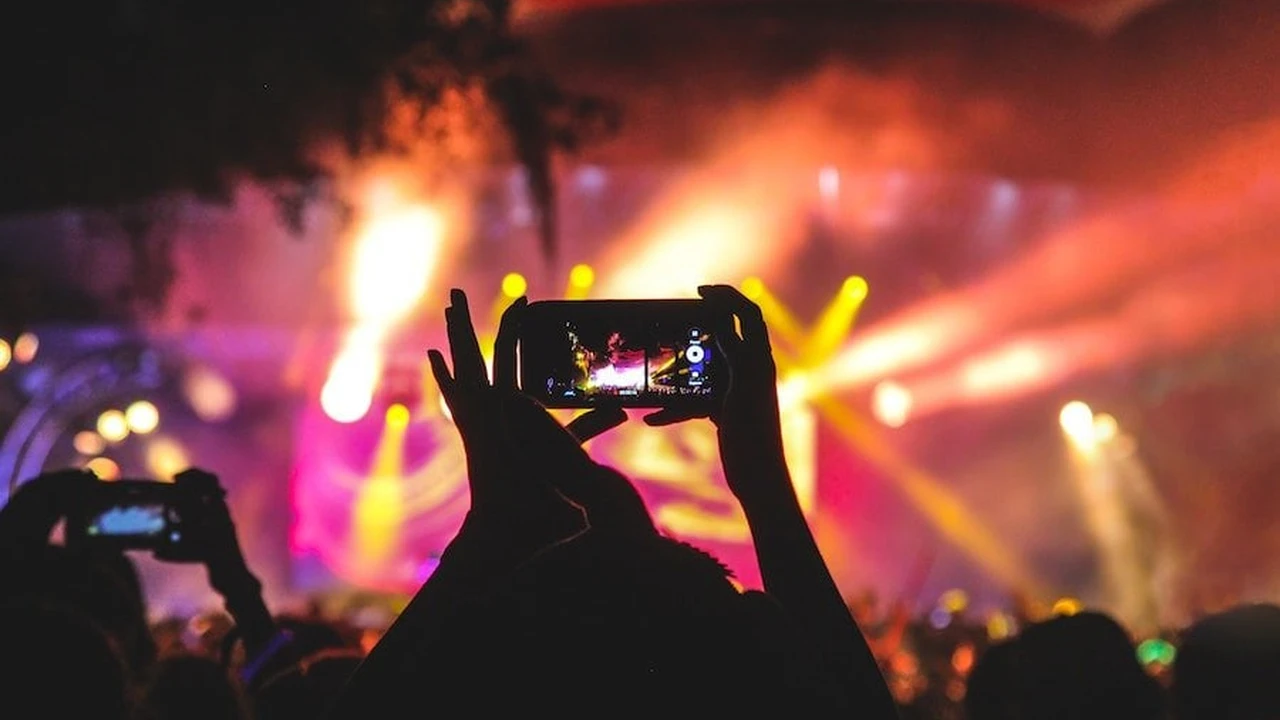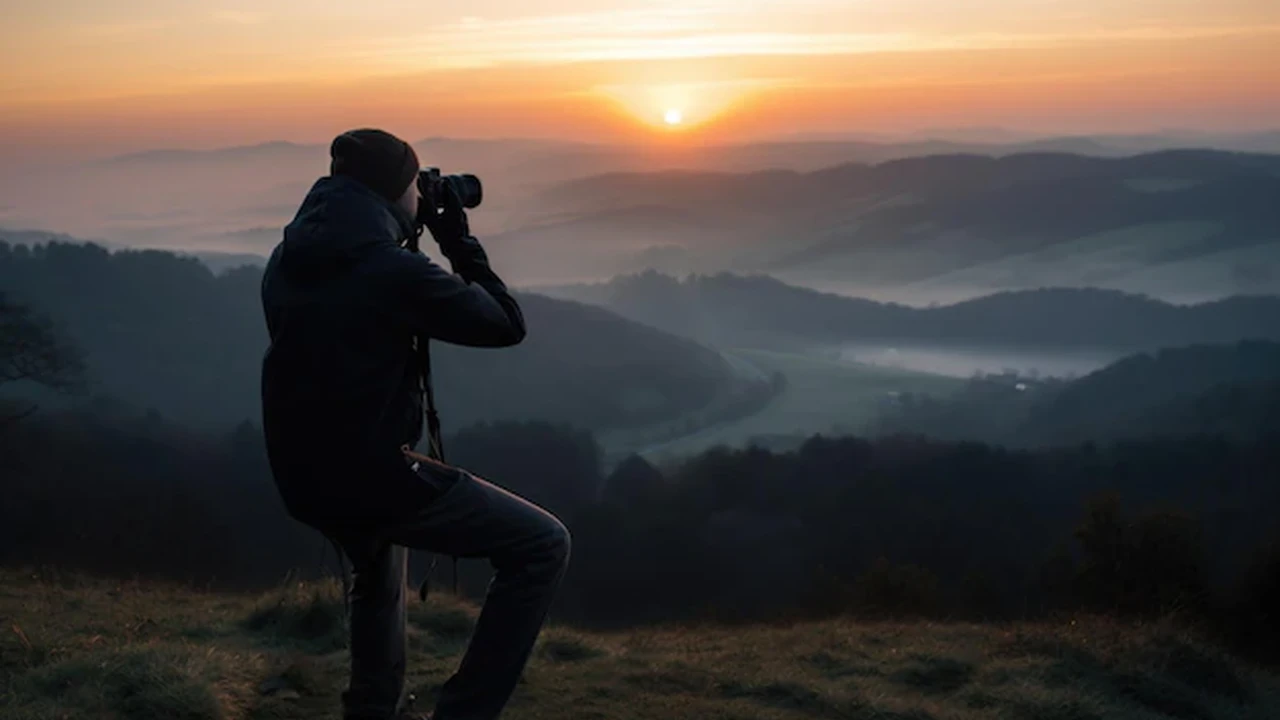Framing: Adding Depth and Context to Your Photos
Framing in photography is a powerful composition technique that adds depth, context, and visual interest to your images. By using elements within the scene to create a frame around your subject, you can draw the viewer's eye and tell a more compelling story. This technique is applicable to various photography genres, from landscapes to portraits, and can significantly enhance the overall impact of your photos. Let's explore how to master framing and elevate your photography.

Framing is more than just pointing your camera and clicking the shutter. It's about consciously using elements within your scene to create a visual border around your subject. Think of it as a picture within a picture. This border can be anything from natural elements like trees and arches to man-made structures like windows and doorways. The key is to use these elements to guide the viewer's eye and isolate your subject, making it the focal point of the image.
Understanding the Power of Natural Frames: Trees, Arches, and More
Natural frames are all around us. Look for trees with branches that create a natural arch, rock formations that offer a unique perspective, or even bodies of water that reflect the scene and create a frame. These elements add a sense of depth and context to your photos, making them more visually appealing and engaging.
For example, imagine photographing a mountain range through a gap in a forest. The trees on either side act as a natural frame, drawing the viewer's eye towards the majestic mountains in the distance. This not only highlights the beauty of the mountains but also provides a sense of scale and perspective.
Another common example is using arches in architecture. Whether it's a grand archway in a historical building or a simple arch over a doorway, these elements can create a stunning frame that adds a touch of elegance and sophistication to your photos.
Utilizing Architectural Frames: Windows, Doorways, and Urban Landscapes
Urban environments offer a wealth of architectural frames. Windows, doorways, and even the lines of buildings can be used to create compelling compositions. These frames can add a sense of mystery, intrigue, and urban grit to your photos.
Consider photographing a person standing in a doorway. The doorway acts as a frame, isolating the subject and drawing attention to their expression and posture. This can be a powerful way to tell a story about the person and their relationship to the surrounding environment.
Similarly, windows can be used to create a sense of voyeurism or to capture reflections of the city. Experiment with different angles and perspectives to find the most visually interesting composition.
Creative Framing Techniques: Using Bokeh, Reflections, and Shadows
Framing doesn't always have to involve physical objects. You can also use creative techniques like bokeh, reflections, and shadows to create a frame around your subject. These techniques add a touch of artistry and sophistication to your photos.
Bokeh, the soft, blurred background effect, can be used to create a subtle frame around your subject. By using a wide aperture, you can blur the background and foreground, creating a soft, dreamy effect that draws attention to the sharp, in-focus subject.
Reflections, whether in water, glass, or mirrors, can also be used to create a unique and interesting frame. Experiment with different angles and perspectives to find the most visually compelling reflection.
Shadows can be used to create a dramatic and mysterious frame. By using the shadows cast by objects or buildings, you can create a sense of depth and intrigue in your photos.
Gear Recommendations for Mastering Framing Photography
While framing is primarily about technique and observation, having the right gear can certainly enhance your ability to capture stunning framed shots. Here are a few recommendations, along with their pros, cons, use cases, and price ranges:
Lens Recommendations for Framing
- Wide-Angle Lens (e.g., Sigma 14mm f/1.8 DG HSM Art):
- Pros: Excellent for capturing expansive scenes and incorporating foreground elements for framing. The wide field of view allows for creative perspectives and exaggerating the sense of depth.
- Cons: Can introduce distortion, especially at the edges. Requires careful composition to avoid unwanted elements in the frame.
- Use Cases: Landscape photography, architectural photography, capturing interiors with strong foreground elements.
- Price Range: $1200 - $1600
- Standard Zoom Lens (e.g., Canon EF 24-70mm f/2.8L II USM):
- Pros: Versatile focal length range suitable for various framing scenarios. Offers a good balance between wide-angle and telephoto perspectives.
- Cons: May not be wide enough for extreme wide-angle framing or long enough for distant subjects.
- Use Cases: Street photography, portrait photography, general-purpose photography where framing is a key element.
- Price Range: $1800 - $2200
- Telephoto Lens (e.g., Sony FE 70-200mm f/2.8 GM OSS):
- Pros: Allows for compressing the scene and isolating the subject within a frame created by distant elements. Useful for creating shallow depth of field and blurring the background for emphasis.
- Cons: Requires more distance from the subject. Can be challenging to find suitable framing elements in certain environments.
- Use Cases: Wildlife photography, sports photography, portrait photography where isolating the subject is desired.
- Price Range: $2600 - $3000
- Full-Frame Camera (e.g., Sony Alpha a7 IV):
- Pros: Larger sensor provides better image quality, dynamic range, and low-light performance, which is crucial for capturing details within the frame.
- Cons: More expensive than crop-sensor cameras.
- Use Cases: Professional photography, landscape photography, portrait photography, any situation where high image quality is essential.
- Price Range: $2500 - $2800
- Crop-Sensor Camera (e.g., Fujifilm X-T4):
- Pros: More affordable and lightweight than full-frame cameras. The crop factor can be advantageous for telephoto framing, effectively increasing the focal length.
- Cons: Smaller sensor results in slightly lower image quality and dynamic range compared to full-frame cameras.
- Use Cases: Travel photography, street photography, enthusiast photography where portability and affordability are important.
- Price Range: $1700 - $2000
- Tripod (e.g., Manfrotto 055 Carbon Fiber Tripod):
- Pros: Provides stability for sharp images, especially in low-light conditions or when using long exposures. Essential for precise framing and composition.
- Cons: Can be bulky and heavy to carry.
- Use Cases: Landscape photography, architectural photography, any situation where stability and precise framing are required.
- Price Range: $300 - $500
- Polarizing Filter (e.g., B+W XS-Pro Circular Polarizer):
- Pros: Reduces glare and reflections, enhances colors, and can darken skies, which can be useful for creating stronger framing elements with natural light.
- Cons: Reduces the amount of light entering the lens, requiring longer exposures or higher ISO settings.
- Use Cases: Landscape photography, outdoor photography, any situation where reducing glare and enhancing colors is desired.
- Price Range: $100 - $200
- Landscape Photography: Use trees, rocks, or arches to frame a mountain range or a stunning sunset.
- Portrait Photography: Use doorways, windows, or even bokeh to frame your subject and draw attention to their face.
- Street Photography: Use the lines of buildings, doorways, or even the crowd to frame your subject and tell a story about their place in the urban environment.
- Look for frames everywhere: Once you start looking for them, you'll be surprised at how many potential frames are all around you.
- Experiment with different angles and perspectives: Don't be afraid to move around and try different viewpoints.
- Pay attention to the light: The way the light falls on the frame can have a big impact on the overall image.
- Use leading lines: Leading lines can be used to guide the viewer's eye towards the framed subject.
- Keep it simple: Don't overcomplicate your frame. Sometimes the simplest frames are the most effective.
Camera Recommendations for Framing
Accessories for Framing
Comparing Framing Techniques: Natural vs. Architectural vs. Creative
Each type of framing technique offers unique advantages and challenges. Natural framing provides a sense of organic beauty and connection to the environment. Architectural framing adds a touch of structure and urban grit. Creative framing allows for artistic expression and unique perspectives.
The best technique to use will depend on the specific scene and your creative vision. Experiment with different techniques to find what works best for you.
Practical Examples and Scenarios for Framing in Photography
Let's look at some practical examples of how to use framing in different photography scenarios:
Tips and Tricks for Perfecting Your Framing Skills
Here are a few tips and tricks to help you perfect your framing skills:
So, grab your camera, get out there, and start experimenting with framing. You'll be amazed at how much it can improve your photography!
:max_bytes(150000):strip_icc()/277019-baked-pork-chops-with-cream-of-mushroom-soup-DDMFS-beauty-4x3-BG-7505-5762b731cf30447d9cbbbbbf387beafa.jpg)






